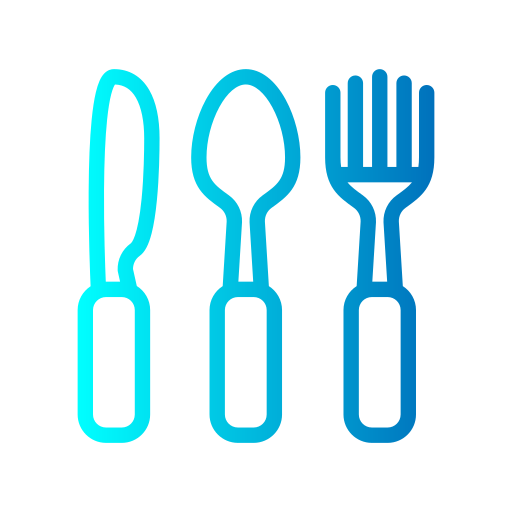Can You Eat The Coconut Crab?
The Coconut Crab is a fascinating and enigmatic creature that captivates the imagination of many. Given its unique features and status as the largest land-dwelling arthropod, it raises the question: can you eat the Coconut Crab? In this comprehensive guide, we’ll explore the culinary potential of this intriguing crustacean, its ecological significance, and considerations for consumption.
In a Nutshell
- Culinary Potential: The Coconut Crab is edible and is considered a delicacy in some cultures.
- Ecological Significance: As an endangered species, awareness and sustainability are crucial.
- Health Considerations: Contains high levels of protein and other nutrients.
- Ethical Concerns: Be aware of its conservation status.
- Preparation Tips: Proper preparation is key to an enjoyable dining experience.
Table of Contents
- What is the Coconut Crab?
- Is the Coconut Crab Edible?
- Nutritional Profile of the Coconut Crab
- Conservation and Ethical Considerations
- Preparation and Cooking Tips
- Cultural and Culinary Significance
- FAQ
What is the Coconut Crab?
The Coconut Crab, also known as the Birgus latro, is the largest terrestrial arthropod in the world. Known for its ability to climb trees and crack open coconuts with its powerful claws, this crab is primarily found on islands across the Indian and Pacific Oceans.
- Habitat: Prefers secluded, rocky shorelines and forested areas near the sea.
- Physical Characteristics: Grows up to one meter in length and can live over 60 years.
The Coconut Crab’s distinct features spark curiosity, leading many to wonder about its edibility.
Is the Coconut Crab Edible?
Yes, the Coconut Crab is edible and is esteemed as a delicacy in certain cultures. However, individuals must weigh several factors before consuming:
- Flavor Profile: Often described as having a sweet, delicate flavor similar to traditional crab meat but with earthy undertones.
- Potential Risks: Due to their omnivorous diet, there could be a risk of toxicity, particularly if they consume harmful substances in their natural habitat.
For more detailed information about the Coconut Crab’s edibility, visit Can You Eat The Coconut Crab.
Nutritional Profile of the Coconut Crab
The Coconut Crab provides a high-protein, low-fat dietary option. Here’s what you get nutritionally when consuming this crustacean:
- Protein Content: Rich source essential for body repair and growth.
- Minerals: Offers magnesium, zinc, and calcium.
- Aromatic Compounds: Unique flavor enhancing elements that differentiate it from other crab varieties.
Conservation and Ethical Considerations
The Coconut Crab is classified as an endangered species, making its conservation crucial. Factors contributing to its vulnerability include habitat destruction and overharvesting:
- Legal Protection: Some regions have laws restricting the capture and sale of Coconut Crabs to protect their population.
- Sustainable Practices: It is vital to support sustainable and legal harvesting methods.
More about the ethical considerations can be found on Can You Eat.
Preparation and Cooking Tips
Proper preparation and cooking of the Coconut Crab can enhance its unique taste. Here are some tips:
- Cleaning: Thoroughly clean and inspect for any harmful substances.
- Cooking Methods: Steaming or boiling are preferred methods to preserve flavor.
- Seasoning: Use mild herbs and spices to complement the crab’s natural taste.
Numerous recipes and preparation methods can be explored further at the BBC Good Food website.
Cultural and Culinary Significance
In Pacific Island cultures, the Coconut Crab holds culinary and traditional significance:
- Cultural Practices: Often featured in traditional celebrations and ceremonies.
- Delicacy Status: Considered a luxury ingredient due to its scarcity and flavor.
For a deeper insight into culinary traditions related to the Coconut Crab, you might want to check out National Geographic’s article.
FAQ
- Where can you find Coconut Crabs?
- They are primarily located on islands in the Indian and Pacific Oceans.
- Are Coconut Crabs dangerous to humans?
- While they have powerful claws, Coconut Crabs tend to avoid humans unless provoked.
- Why are Coconut Crabs endangered?
- Habitat loss and overharvesting contribute to their endangered status.
- How do you cook a Coconut Crab?
- Recommended methods include steaming or boiling with minimal seasoning.
- Is it legal to eat Coconut Crab everywhere?
- No, legality varies by region due to conservation laws.
- Do Coconut Crabs actually eat coconuts?
- Yes, they can climb trees and crack coconuts to eat the flesh inside.
- What makes the taste of Coconut Crab unique?
- It has a sweet yet earthy taste distinguished by its aromatic compounds which reflect its varied diet.
In exploring whether you can eat the Coconut Crab, it’s evident that understanding their ecological significance and adhering to sustainable practices are key to making informed, ethical decisions. For more insights on diverse dietary options, visit Can You Eat.

Leave a Reply